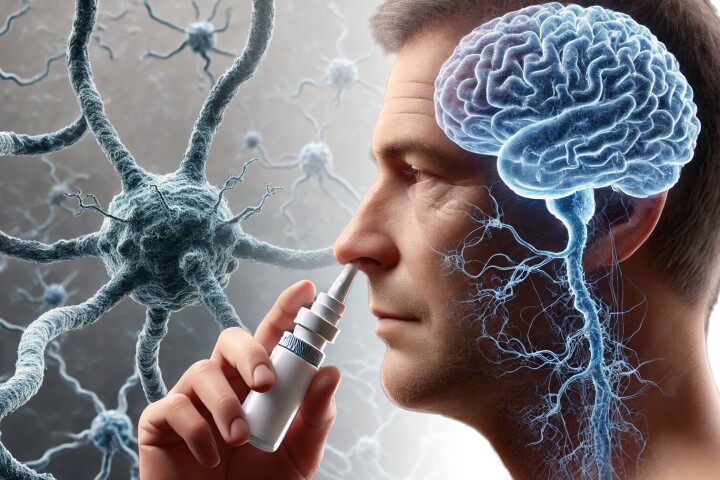There may be a new – if perhaps somewhat Big Brother-like – method of monitoring the alcohol intake of people in substance abuse treatment programs. Led by Prof. Drew Hall, scientists at the University of California San Diego have developed an alcohol-sensing chip that can be implanted in the body.
The chip is designed to be injected under the skin, where it will sit in the interstitial fluid that surrounds the cells.
It contains three sensors. The main one is coated with alcohol oxidase, which is an enzyme that selectively interacts with alcohol to generate a byproduct that can be electrochemically detected. The other two sensors measure background signals and pH levels, which are cancelled out to increase the accuracy of the alcohol reading.
That reading is obtained by a wearable device such as a smartwatch, which is worn close to where the chip is located. The watch sends radio frequency signals to the chip, which reflects them back to the watch in a modified form – the manner in which they're modified indicates how much alcohol the patient has in their bloodstream.

The chip uses very little power (which it draws from the watch's RF signals) and takes just three seconds to conduct one measurement, which could happen automatically at regular intervals throughout the day.
So far, the technology has been tested in a setup that involved mixtures of ethanol in diluted human serum underneath layers of pig skin. Tests on live animals are planned to take place next.
"This is a proof-of-concept platform technology," says Hall. "We've shown that this chip can work for alcohol, but we envision creating others that can detect different substances of abuse and injecting a customized cocktail of them into a patient to provide long-term, personalized medical monitoring."
Currently, people in treatment programs are monitored mainly via breathalyzers or blood tests. The former has to be initiated by the patient and is reportedly not very accurate, however, while the latter has to be administered by a trained technician.






